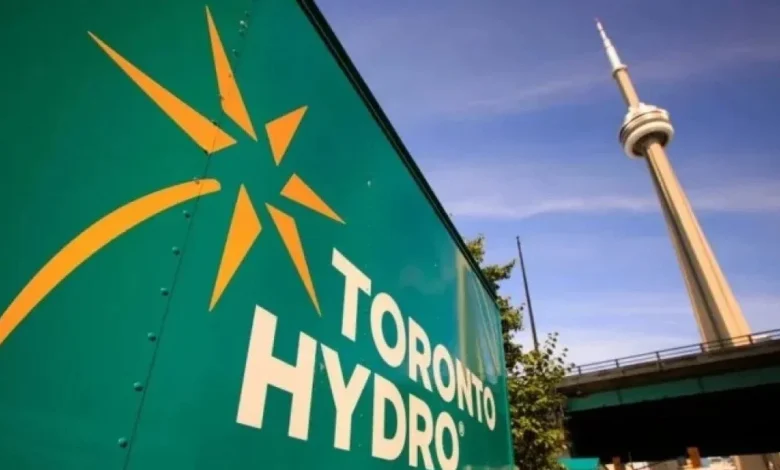Toronto Hydro’s Race to Restore Moss Park Power: Inside the 24-Hour Outage Response

Quick Read
- Nearly 600 Moss Park residents lost power after an underground cable was damaged by third-party construction on November 5, 2025.
- Toronto Hydro’s teams described the repair as complex and adjusted the restoration time to 11:00 a.m. Thursday.
- The outage affected the area bounded by Queen St East, Front St East, Jarvis St, and Parliament St.
- Toronto Hydro provided real-time updates and thanked customers for their patience.
What Caused the Moss Park Power Outage?
On the morning of Wednesday, November 5, 2025, a sudden power outage hit the Moss Park neighborhood of Toronto. It wasn’t just a minor flicker: nearly 600 customers found themselves unexpectedly without electricity. The source of this disruption? An underground cable fault triggered by a third-party dig-in at a nearby construction site. According to el-balad.com, this wasn’t a planned interruption—construction work unrelated to Toronto Hydro had inadvertently damaged the utility’s infrastructure, setting off a chain of events that would test the company’s emergency response.
Toronto Hydro’s Emergency Response: Safety and Speed in Balance
When the lights go out in a major city, the pressure mounts instantly. Toronto Hydro’s repair teams were dispatched to Moss Park, facing a situation described as “complex and time-consuming.” Their primary challenge: safely locating the damaged underground cable, assessing the extent of the fault, and performing repairs in a dense urban area where every decision impacts residents and businesses alike. Initial estimates were optimistic, with a target restoration of 8:30 a.m. Thursday. As work progressed, however, it became clear that the operation would require more time, pushing the expected reconnection to 11:00 a.m. Thursday.
For the crews, the underground nature of the fault added layers of complexity. Unlike overhead lines, underground cables require specialized equipment and careful excavation. Safety protocols dictate that every step—from diagnosis to testing—must be performed methodically to avoid further damage or risk to workers.
Impact Zone: Who Was Affected?
The outage’s reach was contained but significant. Residents and businesses within Moss Park’s core—bounded by Queen Street East to the north, Front Street East to the south, Jarvis Street to the west, and Parliament Street to the east—felt the immediate effects. For some, the blackout meant cold apartments, interrupted work routines, and the scramble to protect perishable food. For businesses, there were lost hours and anxious customers. In a city where connectivity is essential, even a localized outage can ripple through daily life.
Toronto Hydro’s digital outage map became a lifeline for many, offering real-time updates and a sense of transparency during the restoration process. The company’s public statements emphasized their commitment to restoring power as quickly and safely as possible, while thanking customers for their patience.
Urban Infrastructure: When Construction Collides with Utility Networks
The Moss Park outage wasn’t the result of aging infrastructure or natural disaster—it was a byproduct of urban development. As Toronto continues to grow, construction sites are a constant presence. Yet, each dig, each new foundation, brings with it the risk of colliding with the city’s unseen network of cables and pipes. This incident highlights the delicate balance between development and the maintenance of essential services.
Toronto Hydro’s experience in Moss Park underlines a broader challenge facing urban utilities worldwide: how to coordinate with third-party contractors, enforce safe digging practices, and shield critical infrastructure from inadvertent damage. It’s a puzzle that grows more complicated as cities densify and construction accelerates.
Residents’ Experience: Waiting in the Dark, Hoping for Clarity
For those affected, the outage was more than just an inconvenience. Residents were left with questions: When would the lights come back? Was their building safe? Would they need to relocate, even temporarily? Toronto Hydro’s communications, including their online outage map, helped alleviate some uncertainty. But for many, the hours stretched on, and patience was tested.
Stories from Moss Park reflect a mix of resilience and frustration. Some neighbors gathered in hallways to share updates. Others reached out to family and friends for temporary refuge. For the most vulnerable—elderly residents, parents with young children—the disruption underscored how vital reliable electricity is to daily life.
Looking Forward: Lessons and Next Steps for Toronto Hydro
With restoration scheduled for 11:00 a.m. Thursday, Toronto Hydro’s teams worked through the night. Their efforts, though largely invisible to the average resident, were critical in returning normalcy to Moss Park. The company’s handling of the outage will likely prompt further review of how third-party construction projects are coordinated and monitored.
Beyond the immediate repairs, this incident may serve as a catalyst for new safety protocols and improved communication between utilities and contractors. In a city that’s always under construction, it’s a reminder that the integrity of vital infrastructure depends not just on technology, but on collaboration and planning.
Toronto Hydro’s response to the Moss Park outage underscores the complexity of urban utility management. While the company’s teams worked swiftly and methodically, the incident also highlights the importance of preventative coordination between city developers and infrastructure providers. As Toronto’s skyline continues to rise, safeguarding the city’s unseen networks will be as crucial as any new tower or transit line.





